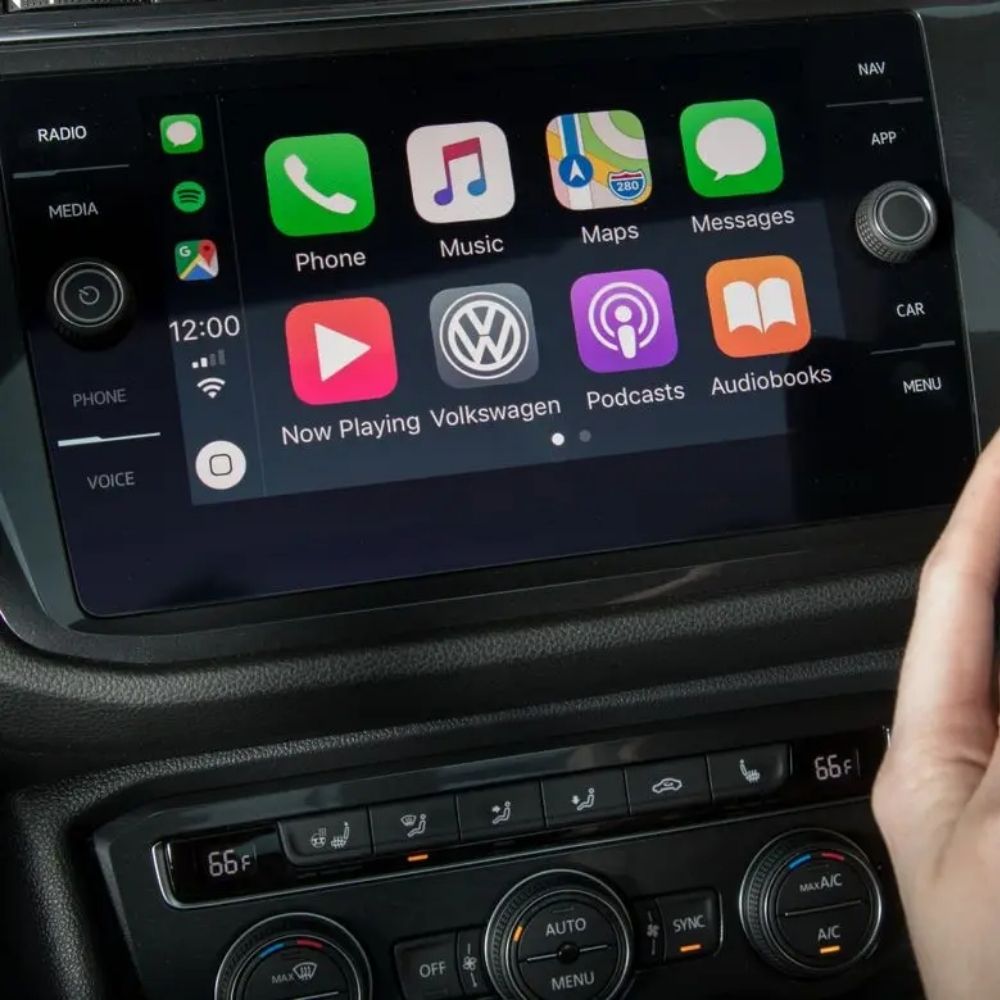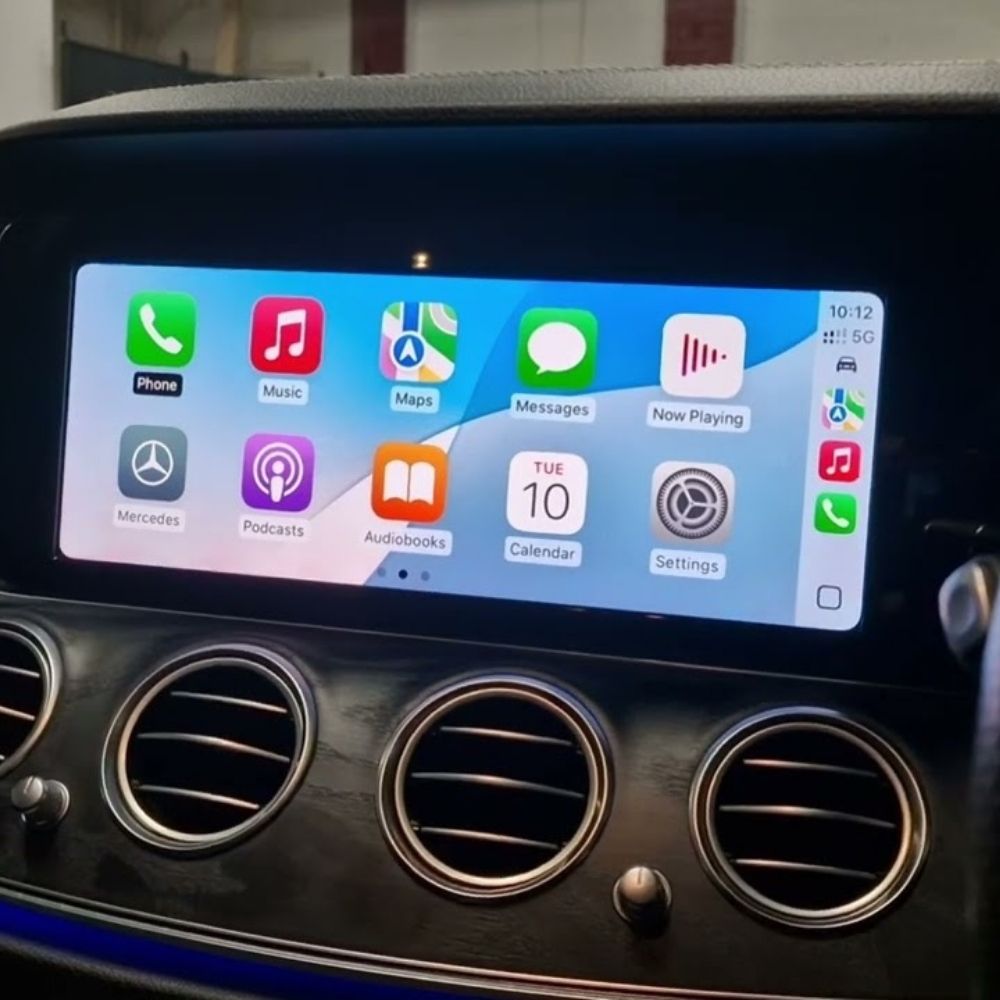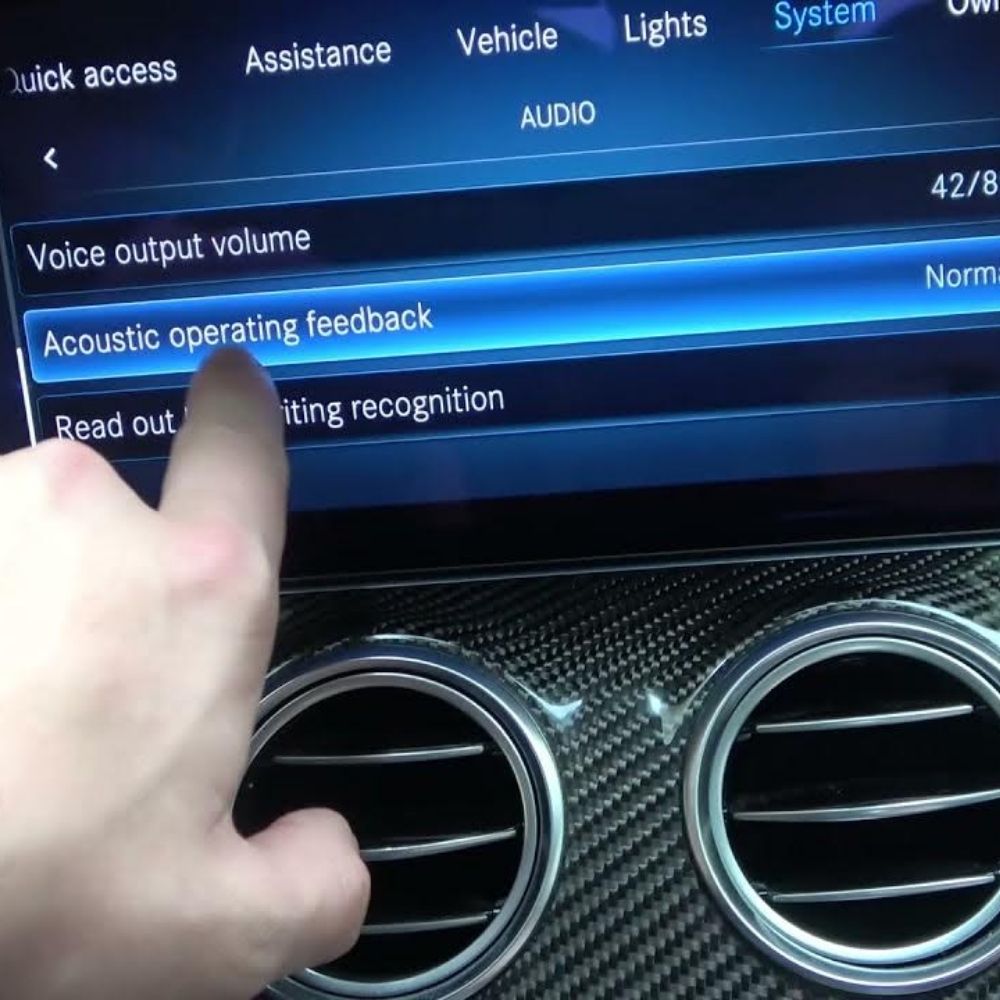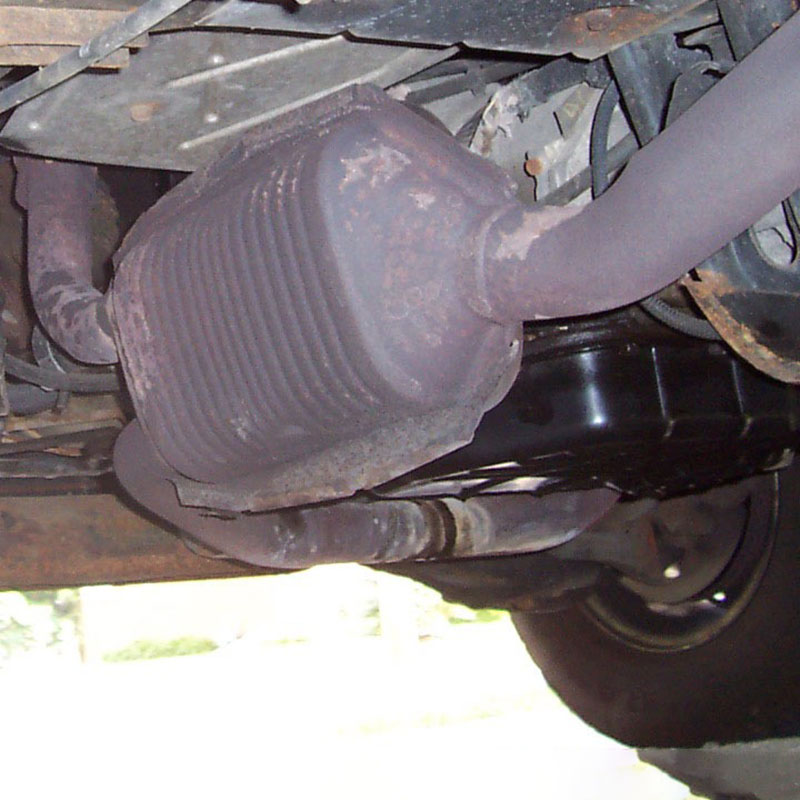
Troubleshooting the B3800 Code for Audi TT MK2: A Comprehensive Guide
Contents
- Table of Contents
- 1. What Does the B3800 Code for Audi TT MK2 Mean?
- Expanding on the B3800 Code
- 2. What are the Common Reasons for the B3800 Error Code on an Audi TT MK2?
- 3. How to Accurately Diagnose the B3800 Code in Your Audi TT MK2?
- 4. What Tools are Needed to Diagnose the B3800 Code on an Audi TT MK2?
- 5. Step-by-Step Guide to Fixing the B3800 Code on Your Audi TT MK2
- 6. How Can AutoExplain.com Help with Diagnosing and Resolving the B3800 Code on Your Audi TT MK2?
- 7. Are There Any Quick Fixes or Temporary Solutions for the B3800 Code?
- 8. What are the Potential Costs Associated with Repairing the B3800 Code?
- 9. How Can You Prevent the B3800 Code from Recurring in the Future?
- 10. What are the Long-Term Consequences of Ignoring the B3800 Code?
- 11. FAQ: Troubleshooting the B3800 Code for Audi TT MK2
- Conclusion
Are you experiencing issues with your Audi TT MK2 and encountering the B3800 code? This article provides an in-depth exploration of the B3800 code, its potential causes, diagnostic procedures, and effective solutions. Whether you’re a seasoned mechanic or a car owner eager to understand your vehicle better, this guide will equip you with the knowledge to tackle this challenge. And remember, for complex issues or when you need expert assistance, AutoExplain.com is here to help.
The Main Keywords covered: B3800 For Audi Tt Mk2 Code, car diagnostics, error codes, Audi TT MK2 repair, remote support, auto repair help.
Table of Contents
- What Does the B3800 Code for Audi TT MK2 Mean?
- What are the Common Reasons for the B3800 Error Code on an Audi TT MK2?
- How to Accurately Diagnose the B3800 Code in Your Audi TT MK2?
- What Tools are Needed to Diagnose the B3800 Code on an Audi TT MK2?
- Step-by-Step Guide to Fixing the B3800 Code on Your Audi TT MK2
- How Can AutoExplain.com Help with Diagnosing and Resolving the B3800 Code on Your Audi TT MK2?
- Are There Any Quick Fixes or Temporary Solutions for the B3800 Code?
- What are the Potential Costs Associated with Repairing the B3800 Code?
- How Can You Prevent the B3800 Code from Recurring in the Future?
- What are the Long-Term Consequences of Ignoring the B3800 Code?
- FAQ: Troubleshooting the B3800 Code for Audi TT MK2
1. What Does the B3800 Code for Audi TT MK2 Mean?
The B3800 code in an Audi TT MK2 generally points to an issue within the vehicle’s central electronics system, often related to the comfort or convenience features. It indicates a fault, malfunction, or an out-of-range specification within a specific module or circuit controlled by the central control unit. The specifics of the B3800 diagnostic trouble code (DTC) can vary depending on the exact model year, the installed options, and the diagnostic equipment used. For deeper insights, consult the repair wizards at AutoExplain.com.
Expanding on the B3800 Code
The B3800 code often encompasses a wide array of potential problems, as the central electronics system governs many of the vehicle’s functions. Here’s a breakdown of what it might involve:
- Central Control Module (CCM): This module is the brain of the system, managing various electronic functions. A B3800 code could mean the CCM itself is malfunctioning.
- Wiring and Connections: Damaged, corroded, or loose wiring can disrupt communication and cause the code to appear.
- Specific Circuits: The code might pinpoint a particular circuit, such as those controlling lighting, door locks, windows, or the sunroof.
- Communication Issues: The CCM relies on communication with other modules. A B3800 code can indicate a breakdown in this network.
2. What are the Common Reasons for the B3800 Error Code on an Audi TT MK2?
Several factors can trigger the B3800 error code in your Audi TT MK2. Identifying the correct reason is essential for an effective fix. Here are some of the most common culprits:
- Low Battery Voltage: A weak or failing battery can cause voltage fluctuations, leading to false error codes in electronic modules.
- Faulty CCM: The central control module can fail due to age, electrical surges, or internal component damage.
- Wiring Problems: Short circuits, open circuits, or chafed wiring can disrupt signal transmission.
- Sensor Malfunctions: Defective sensors related to door locks, windows, or other comfort features can trigger the code.
- Software Issues: Glitches or corruption in the CCM’s software can cause misdiagnosis.
- Aftermarket Accessories: Incorrectly installed aftermarket electronics, such as alarms or remote starters, can interfere with the system.
Alt: Audi TT MK2 engine bay showcasing the car’s electrical system, a common area of issues related to the B3800 code.
3. How to Accurately Diagnose the B3800 Code in Your Audi TT MK2?
Proper diagnosis is crucial for accurately addressing the B3800 code. Here’s a systematic approach you can follow:
- Use a Scan Tool: Connect a diagnostic scan tool to the OBD-II port of your Audi TT MK2. This port is typically located under the dashboard on the driver’s side.
- Read and Record the Codes: Retrieve all stored DTCs, including the B3800 code, and document them. Also, make note of any other codes, as they may provide additional clues.
- Research the B3800 Code: Use the scan tool’s resources or online databases to obtain a detailed description of the B3800 code for your specific Audi TT MK2 model and year.
- Check the Battery: Test the battery’s voltage and health. A low or unstable voltage can cause seemingly unrelated error codes.
- Inspect Wiring and Connections: Carefully examine the wiring harnesses and connectors associated with the central electronics system, paying close attention to any signs of damage, corrosion, or loose connections.
- Test Sensors: Use a multimeter or other appropriate testing equipment to check the functionality of sensors related to the features affected by the B3800 code.
- Consult Service Manuals: Refer to the official Audi TT MK2 service manuals for detailed diagnostic procedures and wiring diagrams.
4. What Tools are Needed to Diagnose the B3800 Code on an Audi TT MK2?
Having the right tools is essential for diagnosing the B3800 code efficiently and effectively. Here’s a list of recommended equipment:
- Diagnostic Scan Tool: A quality scan tool is indispensable for reading and interpreting DTCs. Look for one that supports Audi-specific codes and live data streaming.
- Multimeter: A multimeter is used to test voltage, continuity, and resistance in electrical circuits.
- Wiring Diagrams: Access to official Audi TT MK2 wiring diagrams is critical for tracing circuits and identifying potential faults.
- OBD-II Connector Breakout Box: This tool allows you to safely access and test individual pins in the OBD-II connector.
- Battery Tester: A battery tester will help you assess the health and voltage of your car’s battery.
- Professional Diagnostic Software (VCDS, ODIS): This software allows you to perform advanced diagnostics, coding, and adaptations on Audi vehicles.
- Inspection Light: A bright inspection light helps you visually inspect wiring and components in dimly lit areas.
Alt: A diagnostic scan tool connected to a car, used for identifying the error codes.
5. Step-by-Step Guide to Fixing the B3800 Code on Your Audi TT MK2
Once you’ve diagnosed the cause of the B3800 code, follow these steps to repair the problem:
- Address Low Battery Voltage: If the battery is weak, replace it with a new one that meets the Audi TT MK2’s specifications.
- Repair Wiring Issues: Repair any damaged or corroded wiring, ensuring proper connections. Use high-quality electrical tape or heat shrink tubing to protect repairs.
- Replace Faulty Sensors: Replace any sensors that have been identified as malfunctioning.
- Update or Re-flash the CCM Software: Using a VCDS or ODIS tool, update the CCM’s software to the latest version or re-flash the existing software to correct any glitches.
- Remove Aftermarket Accessories: If aftermarket accessories are interfering with the system, disconnect them and test the system again.
- Clear the DTCs: After completing the repairs, use the scan tool to clear the B3800 code and any other related DTCs.
- Test the System: Thoroughly test all functions controlled by the central electronics system to ensure they are working correctly.
6. How Can AutoExplain.com Help with Diagnosing and Resolving the B3800 Code on Your Audi TT MK2?
At AutoExplain.com, we offer expert remote diagnostic and repair services tailored to your Audi TT MK2. Our skilled technicians can:
- Provide in-depth analysis of the B3800 code: We can help you understand the specific meaning of the code in the context of your vehicle’s configuration.
- Guide you through the diagnostic process: We can offer step-by-step instructions and troubleshooting tips to help you pinpoint the root cause of the problem.
- Provide Repair Instructions: AutoExplain.com professionals provide detailed guides about fixing the B3800 error. We also show you how to solve issues related to the Engine Control Unit (ECU), Transmission Control Module (TCM), Body Control Module (BCM), Anti-lock Braking System (ABS), and AdBlue system.
- Offer Remote ECU Programming: We can assist with ECU programming and software updates if needed.
- Offer Navigation and Key Programming: The professional services of AutoExplain.com include navigation update and key programming.
- Answer your Questions: Our support team is available via WhatsApp and email to address your questions and provide ongoing support.
Contact AutoExplain.com:
- Address: 1500 N Grant ST Sten Denver, CO 80203
- WhatsApp: +1(936)2896695
- Email: [email protected]
- Website: AutoExplain.com
7. Are There Any Quick Fixes or Temporary Solutions for the B3800 Code?
While addressing the root cause of the B3800 code is always the best approach, some temporary measures might offer temporary relief:
- Check and Secure Connections: Ensure all wiring connections related to the central electronics system are clean and securely fastened.
- Battery Reset: Disconnecting the battery for a few minutes can sometimes clear the code, but it may return if the underlying problem persists.
Warning: These quick fixes may not address the underlying issue and are temporary, at best. Ignoring the B3800 error code can lead to further issues, so consider contacting AutoExplain.com for the best solution.
8. What are the Potential Costs Associated with Repairing the B3800 Code?
The cost of repairing the B3800 code can vary widely depending on the underlying problem. Here’s a general overview of potential expenses:
- Diagnostic Scan: $75 to $150
- Battery Replacement: $150 to $300
- Sensor Replacement: $50 to $200 per sensor
- Wiring Repair: $100 to $500 (depending on the extent of the damage)
- CCM Replacement: $500 to $1500 (including programming)
- Software Updates/Re-flashing: $100 to $300
Note: These prices are estimates. Contact AutoExplain.com for remote support that can be more cost-effective than physical repairs.
9. How Can You Prevent the B3800 Code from Recurring in the Future?
Taking proactive steps can help prevent the B3800 code from reappearing:
- Regular Maintenance: Follow Audi’s recommended maintenance schedule for your TT MK2, including battery checks and servicing electrical components.
- Professional Inspections: Have a trusted mechanic perform regular inspections of your car’s electrical system.
- Proper Installation: Ensure that any aftermarket accessories are installed correctly by qualified professionals.
- Promptly Address Issues: Don’t ignore any warning signs or malfunctions in your car’s electrical system.
10. What are the Long-Term Consequences of Ignoring the B3800 Code?
Ignoring the B3800 code can lead to several negative consequences:
- Compromised Functionality: Comfort and convenience features may stop working or function erratically.
- Increased Safety Risk: Issues with lighting or door locks can pose safety hazards.
- Further Damage: Electrical problems can spread and damage other components.
- Reduced Resale Value: Unresolved issues can lower the value of your Audi TT MK2.
11. FAQ: Troubleshooting the B3800 Code for Audi TT MK2
Q1: Can I still drive my Audi TT MK2 with the B3800 code?
While you can likely still drive, it’s not recommended to ignore the code. Addressing it promptly will minimize further complications.
Q2: Is the B3800 code specific to the Audi TT MK2?
While it can appear in other vehicles, it is associated with the Audi TT MK2.
Q3: How do I find the correct wiring diagrams for my Audi TT MK2?
Official service manuals or reputable online databases specific to your car’s year and model are good sources.
Q4: Can I update the CCM software myself?
If you are familiar with the process, you can update the CCM. However, it is best to get in touch with AutoExplain.com specialists for the best and most suitable assistance.
Q5: Is there a difference between “B3800 code” and “B3800 fault code”?
No, they refer to the same diagnostic trouble code.
Conclusion
The B3800 code in your Audi TT MK2 can be a complex issue, but with the right knowledge and approach, it can be effectively resolved. This comprehensive guide has provided you with the information you need to understand the code, diagnose the problem, and take appropriate action.
Remember, AutoExplain.com is your trusted partner for remote automotive diagnostics and repair assistance. Don’t hesitate to reach out for expert help and guidance!


How to activate Apple Carplay on Mercedes?

How to Activate Mercedes Key Left in Car Warning with DTS Monaco







